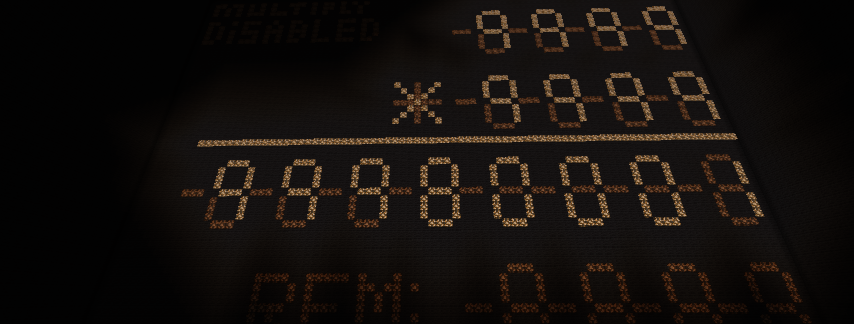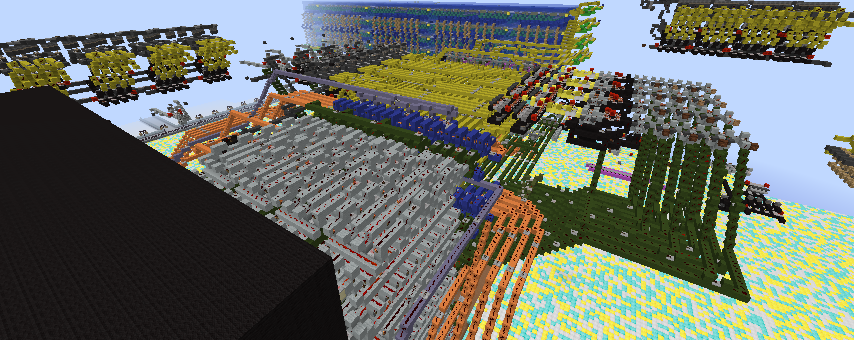
This machine uses binary to create opcodes for each operation, such as 001 for subtraction and 110 for XOR. The main component of the ALU, the 4-bit adder, uses 8 XORs(2 per bit) and 4 carries(1 per bit) to add binary numbers. The adder is then modified to become an ALU. The ALU subtracts using 2's complement to invert the B numbers and adds them to the A numbers. The ALU can also do certain logical functions, like 0001 AND 0011, where 001 is A and 011 is B. The ALU can do addition and subtraction, as well as OR, AND, XOR, NOR, XNOR and right shift all from inputting opcodes to the CU. The CU uses a decoder to decode the input and turn it into a signal that goes to its corresponding operation which activates the correct ALU inputs, such as CIN and !B for subtraction.
My machine is very easy to use. At the end of each operation line for the CU, there is an opcode for that operation. Check which one you want to use and input the opcode into the 3 levers at the end of the CU, unless you want to add. If so, don't input anything into the CU. Once you have picked your operation, turn on the numbers that you want to use for your operation at the front of the ALU. The output will show up at the other end of the ALU. Turn off all levers and repeat.






Comments
Title Error
Sorry I put ICA by accident :D
Denied.
This request has been denied because ALU's are not advanced enough for the Regular rank. Also, it uses a 4 wide stackable RCA adder (for regular, the standards are 2 wide stackable and preferably ICA, CLE or CCA).
Meow,,
Woesh0007
I also built a CPU
I also built a CPU, but didn't submit it because I had help from some other people. If I could get Regular by submitting that, that would be great. If I can, it is in the sky on my plot.